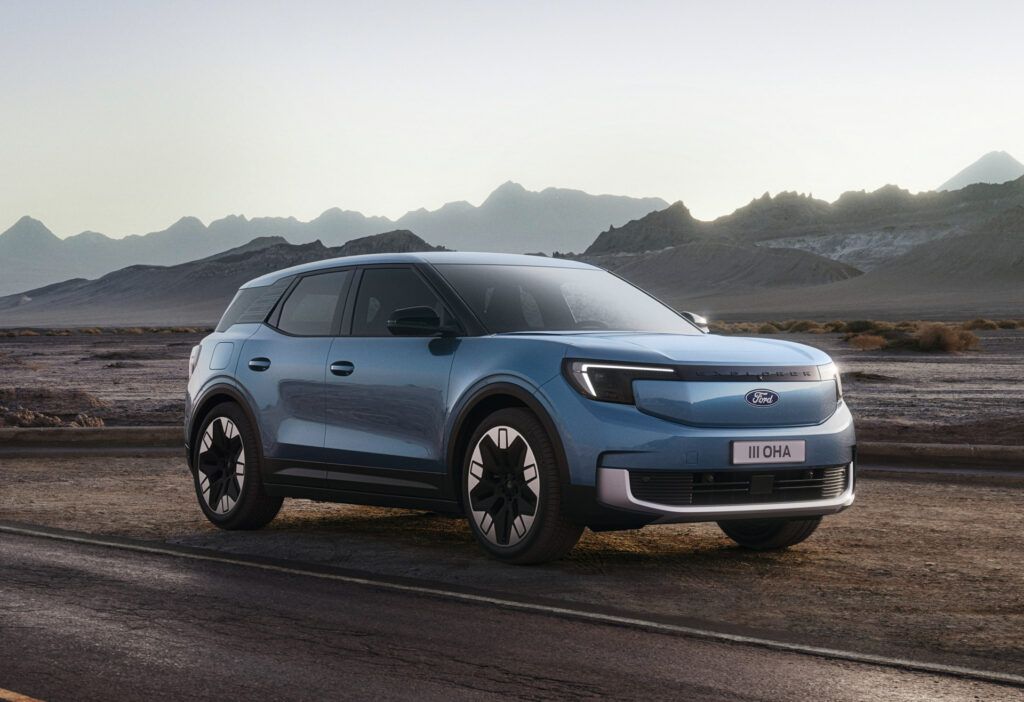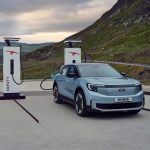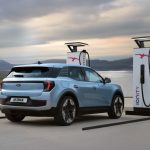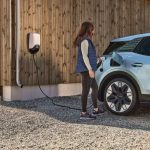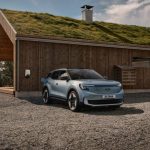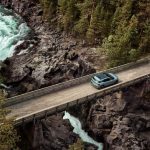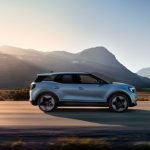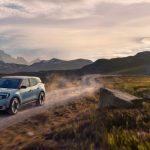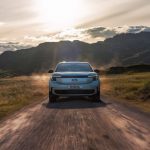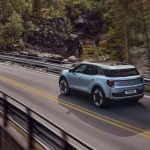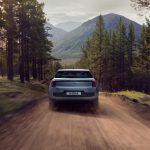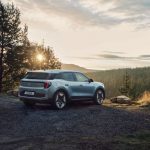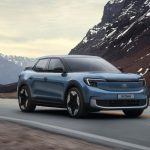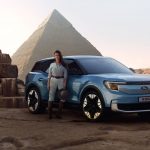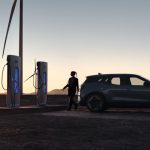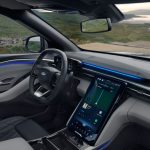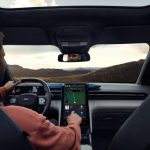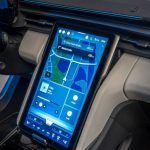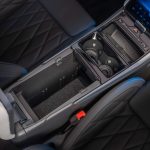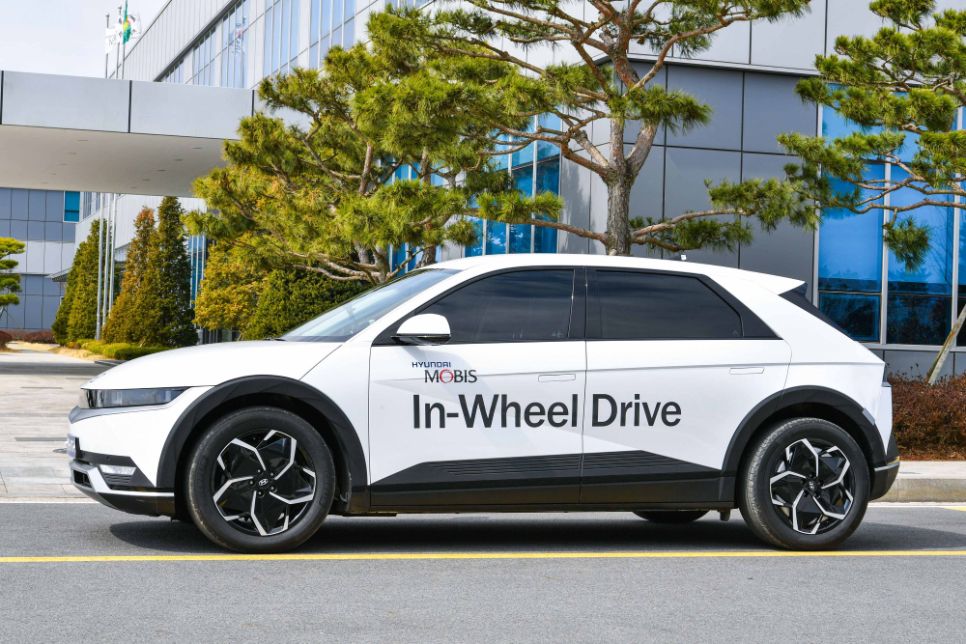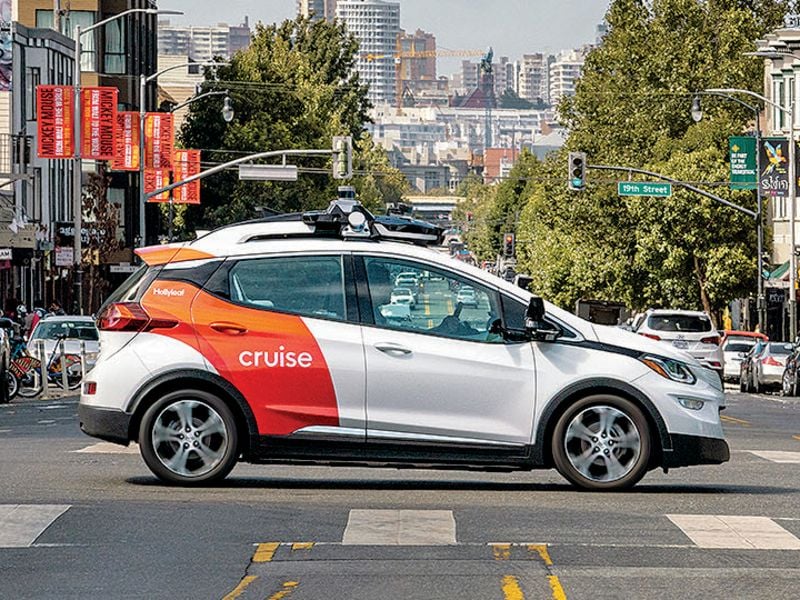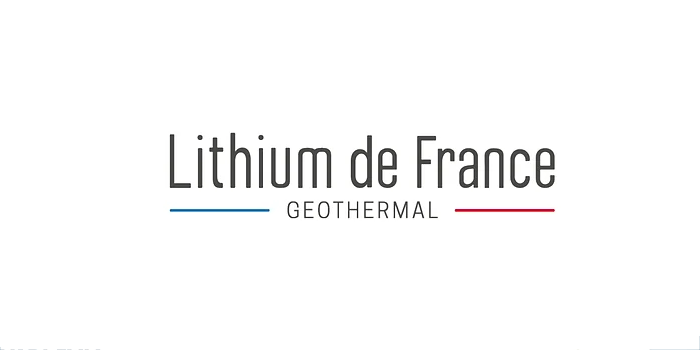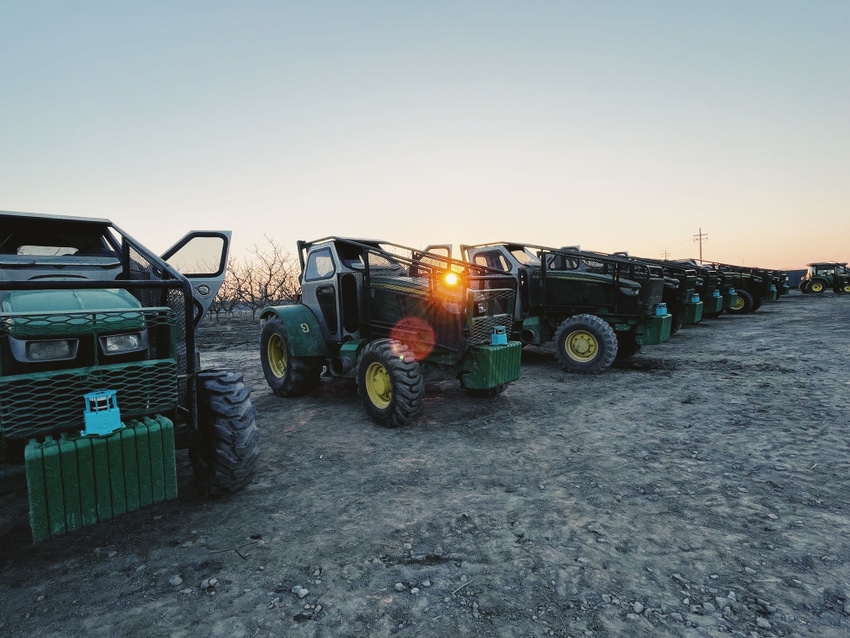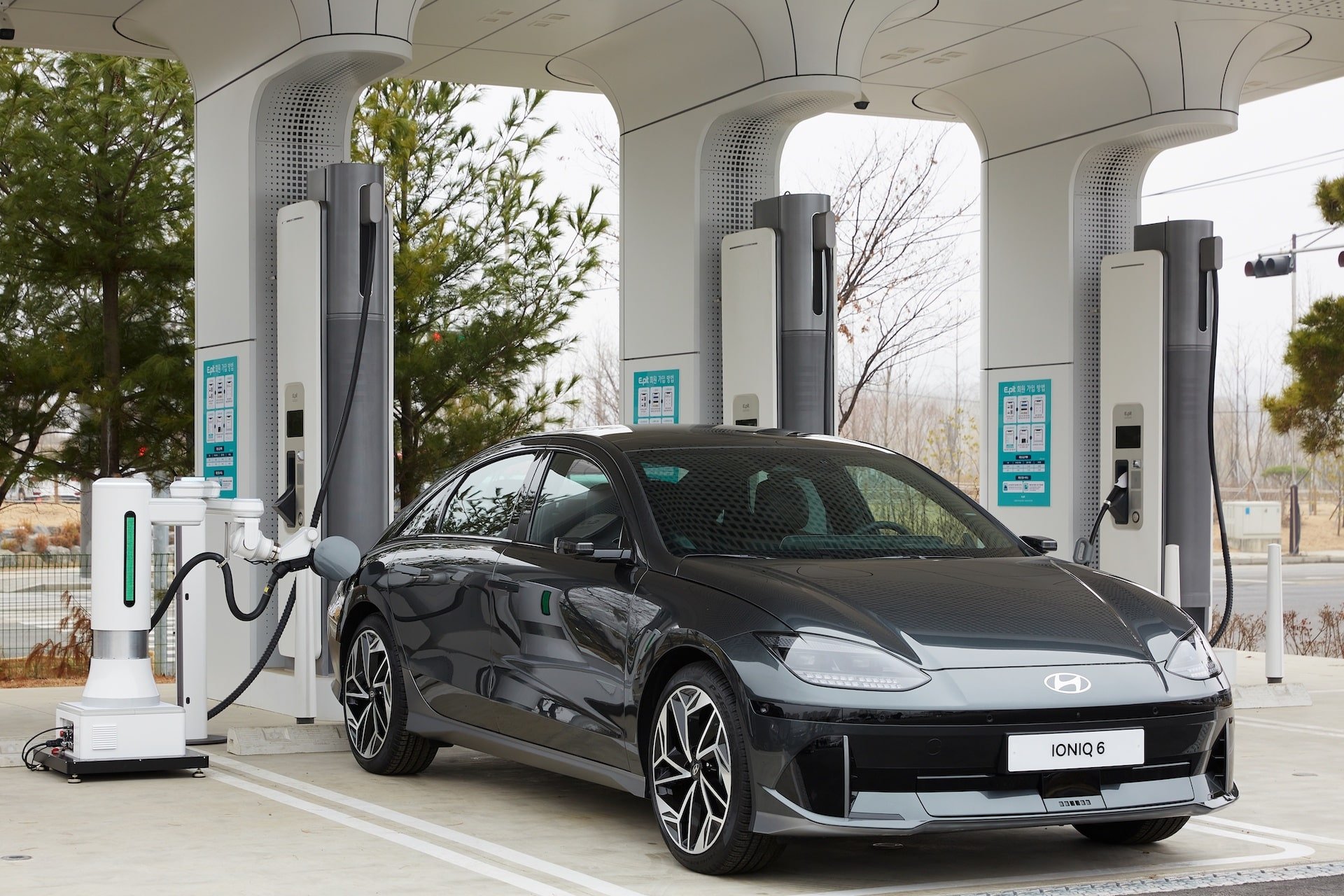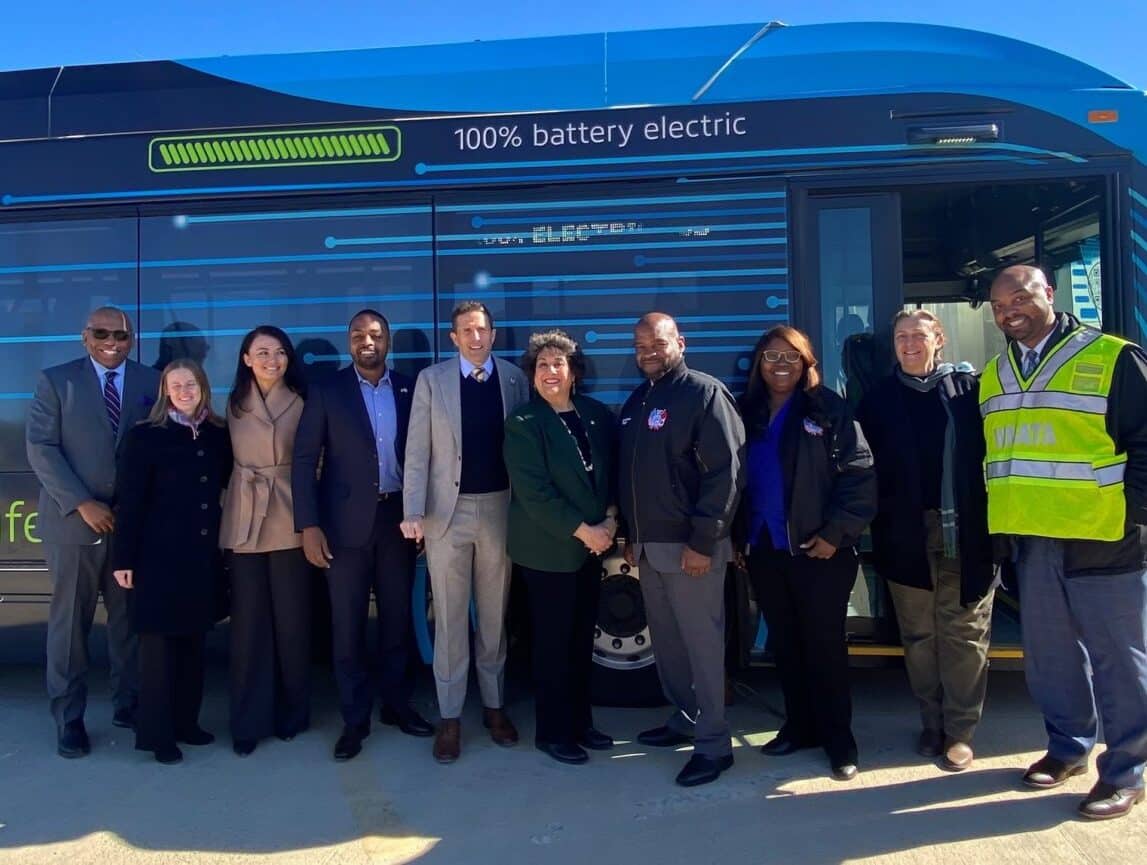Ford Motors has unveiled its first all-electric vehicle designed specifically for the European market, as part of the company’s plan to transition its European lineup to be entirely electric by 2030. The new EV crossover, called the Explorer, will leverage the well-known nameplate to gain traction in the European market.
Although the Explorer EV shares some design attributes with the gas-powered SUV in the US, and a plug-in hybrid version that’s currently available in Europe, the new vehicle is entirely different in terms of technology and performance. The naming strategy is part of Ford’s plan to capitalize on its most iconic brands for EVs, which includes the Mustang Mach-E crossover and F-150 Lightning.
See also: Volkswagen announces updates for MEB platform, come with 435 miles of range and 200 kW fast charging
The new Explorer EV is one of two vehicles that will be produced in Europe using the Volkswagen Group’s all-electric “MEB” platform at Ford’s factory in Cologne, Germany. The partnership between Ford and Volkswagen was established in 2019, and the collaboration on EVs was intended to expedite the process of getting electric vehicles to market. Ford expects to produce 1.2 million electric vehicles using Volkswagen’s platform over six years, starting in 2023, doubling its previous production plans.
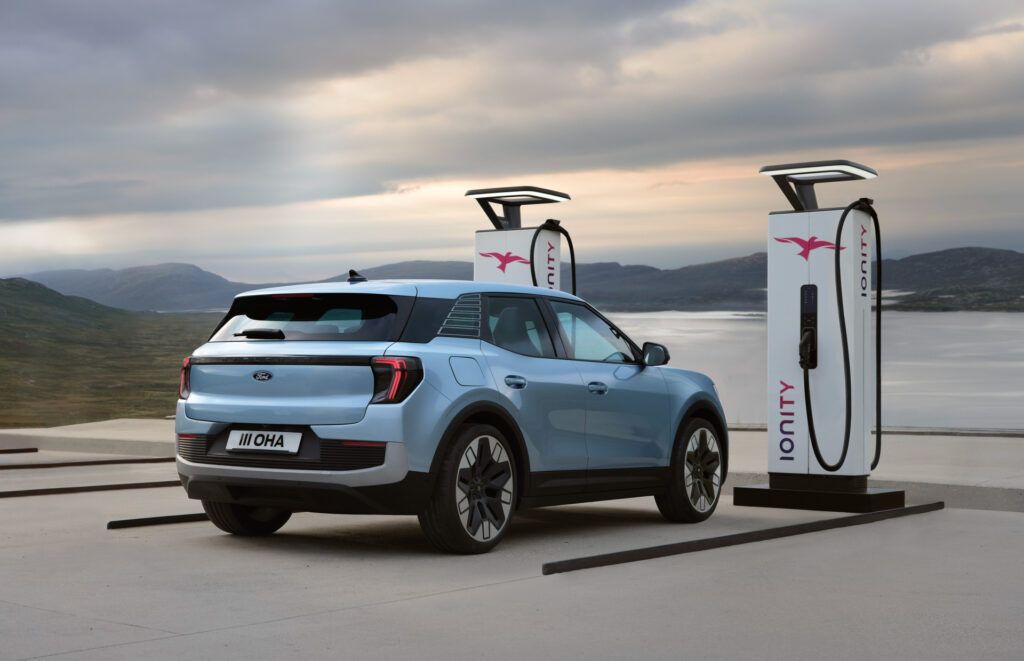
Ford aims to offer the Explorer EV at a starting price under €45,000, making it more affordable than the Mustang Mach-E. The Explorer EV will be available in two highly specified versions: Explorer and Explorer Premium.
The Ford Explorer Electric features a unique design that combines German engineering with the iconic American SUV design reimagined for the electric era, specifically for European customers. It features rugged looks with more straight lines, a boxier body, and a powerful stance. The Explorer Electric also offers new body colors including Arctic Blue and Vibrant Blue My Mind, in addition to familiar hues like Frozen White, Magnetic grey, Agate Black, and Lucid Red.
See also: Ford Teases Upcoming Electric Vehicle Based on Volkswagen’s MEB Platform
Inside, the Ford Explorer Electric features a modern design, with a portrait-style 15-inch Ford Sync Move center touchscreen that can be smoothly raised and lowered through an arc of more than 30 degrees. It also features a 5-inch floating digital instrument display that offers driving data, battery charge levels, and driver assistance status. In addition, the vehicle introduces an ergonomic haptic trackpad right under the center screen for controlling features including audio system volume and parking technologies.
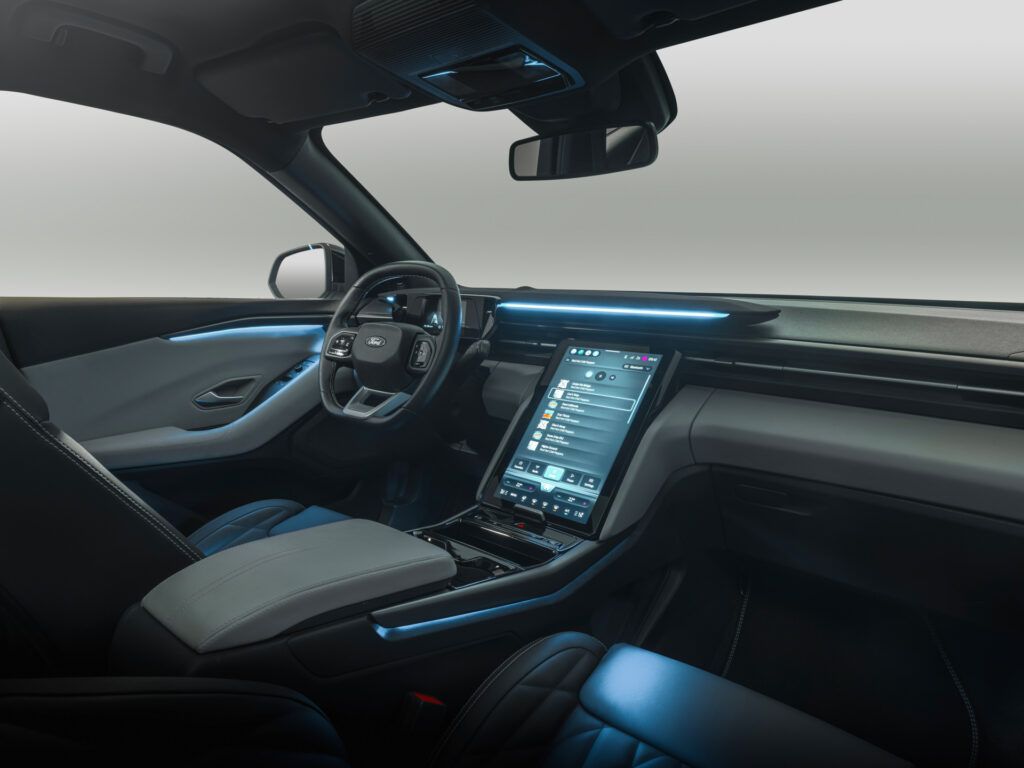
The electric crossover is equipped with 12 ultrasonic sensors, five cameras, and three radar devices that can monitor 360 degrees around the vehicle to enable a range of driver assistance systems. The Explorer EV will become the first Ford in Europe to offer automated lane changes with the available Lane Centering tech enhanced with Assisted Lane Change. Other ADAS features include Intelligent Adaptive Cruise Control with Stop & Go functionality, Pre-Collision Assist, Cross Traffic Alert with Active Braking, Active Park Assist 2.0, and more.
Ford plans to introduce nine all-electric vehicles in Europe by 2024, including a second MEB-based model that will enter production in Cologne from mid-2024 and the Puma EV that will be manufactured in Craiova, Romania from 2024. The Explorer EV will offer DC fast charging times from 10 percent to 80 percent as low as 25 minutes and come with a heat pump to improve energy efficiency. Ford says Explorer customers will have access to more than 450,000 chargers across Europe this year and 500,000 by 2024.
Ford has revealed plans to reference its American roots more in the marketing and styling of European passenger cars, as the push for EVs by Ford comes amid a restructuring of its European operations that has thus far included thousands of layoffs. According to Martin Sander, the general manager of Ford’s European EV business, the Explorer EV is a trailblazer for a new breed of exciting Ford electric vehicles that are steeped in American roots but built in Cologne for European customers.

